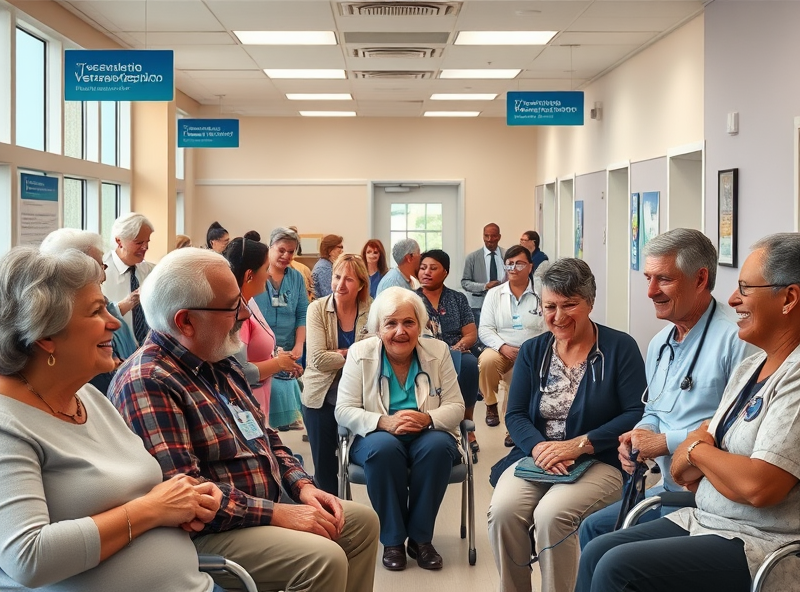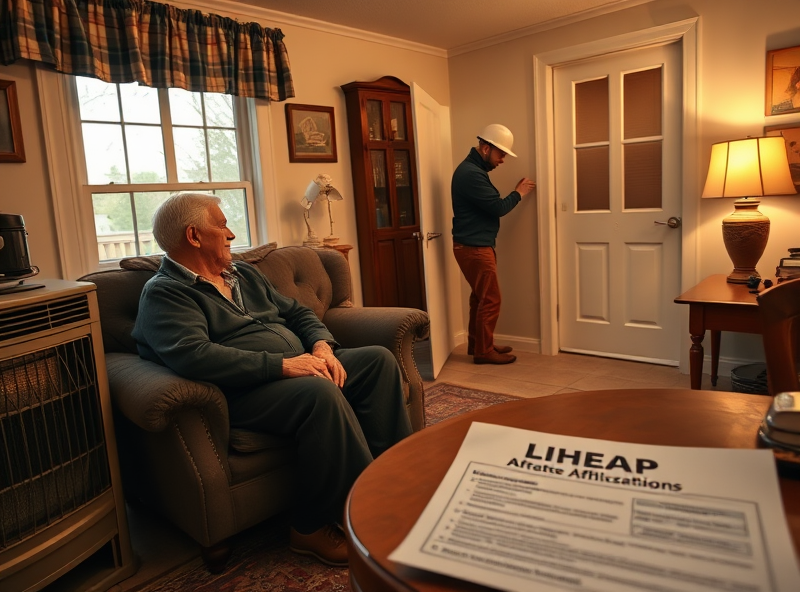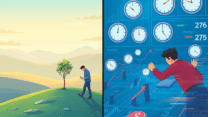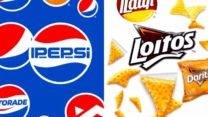
Discover Hidden U.S. Government Grants: A Complete Guide
Healthcare Benefits You Didn’t Know Existed

Many Americans are unaware that the U.S. government offers a variety of lesser-known healthcare benefits that can significantly improve quality of life—especially for low-income families, veterans, seniors, and individuals with disabilities. These programs are often underutilized simply because people don’t know they exist.
One such benefit is the Program of All-Inclusive Care for the Elderly (PACE), which provides comprehensive medical and social services to older adults who qualify for nursing home care but prefer to remain in their communities. PACE covers everything from doctor visits and medications to transportation and home care services.
Another hidden gem is the Health Resources and Services Administration (HRSA) Health Center Program. These centers offer primary care services on a sliding fee scale based on income, making healthcare accessible to uninsured or underinsured individuals. You can find a nearby health center using HRSA’s locator tool: https://findahealthcenter.hrsa.gov/
Additionally, the VA offers lesser-known benefits like the VA Caregiver Support Program, which provides training, financial assistance, and respite care for those caring for veterans at home. Many caregivers don’t realize they qualify for these services.
There’s also the Medicaid Buy-In program available in some states, allowing people with disabilities to work and still receive Medicaid benefits by paying a small premium. This helps individuals maintain independence without losing essential healthcare coverage.
Exploring these hidden benefits can make a meaningful difference in your healthcare access and financial well-being. If you think you or a loved one might qualify, it’s worth taking the time to investigate further and apply.
Financial Support for Low-Income Families and Seniors

Many people are unaware that the U.S. government offers a variety of hidden grants and financial assistance programs specifically designed to support low-income families and seniors. These programs can help cover essential needs such as housing, food, healthcare, and utility bills—making a real difference in daily life.
One of the most impactful programs is the Low Income Home Energy Assistance Program (LIHEAP), which helps eligible households with heating and cooling costs. For seniors, the Supplemental Security Income (SSI) program provides monthly payments to those with limited income and resources. Additionally, the Supplemental Nutrition Assistance Program (SNAP) offers food-purchasing assistance to low-income individuals and families, including many elderly citizens.
Housing assistance is also available through the Section 8 Housing Choice Voucher Program, which helps low-income families, the elderly, and the disabled afford safe and decent housing in the private market. For medical support, Medicaid offers comprehensive health coverage to eligible low-income adults and seniors, including long-term care services.
To explore these programs and check your eligibility, visit the official Benefits.gov website, which provides a personalized tool to match you with available federal and state assistance programs: https://www.benefits.gov/
By taking advantage of these resources, families and seniors can significantly reduce financial stress and improve their quality of life. If you or someone you know might benefit, don’t hesitate to explore these options and apply today.
Little-Known Housing & Energy Assistance Programs

When it comes to financial relief, many Americans are unaware of the hidden housing and energy assistance programs available through the U.S. government. These lesser-known programs can offer substantial support for low-income families, seniors, and individuals facing economic hardship.
One such program is the Low Income Home Energy Assistance Program (LIHEAP). LIHEAP helps eligible households with their heating and cooling energy costs, bill payment assistance, energy crisis assistance, and weatherization services. Many people assume this program is only for extreme poverty levels, but eligibility often includes moderate-income households, especially those with high energy burdens. You can check your eligibility and apply through your state’s LIHEAP office. Learn more at the official LIHEAP website: https://www.acf.hhs.gov/ocs/programs/liheap
Another overlooked program is the Section 504 Home Repair Program, also known as the Single Family Housing Repair Loans & Grants. This USDA-backed initiative provides loans to very-low-income homeowners to repair, improve, or modernize their homes. Grants are also available for elderly homeowners to remove health and safety hazards. This can be a game-changer for seniors living in aging homes that need critical repairs.
For renters, the Emergency Rental Assistance (ERA) program, while more widely known during the pandemic, still has funds available in some states. It helps cover rent and utility bills for eligible households. Many local governments have their own housing assistance programs as well, so it’s worth checking with your city or county housing authority.
These programs not only provide financial relief but also improve living conditions and reduce energy costs in the long term. If you or someone you know is struggling with housing or utility expenses, exploring these hidden gems could lead to meaningful support.
Government Food Support for Women and Children

Many families across the United States face food insecurity, and the government offers several programs specifically designed to support women and children. These programs are not only vital for health and nutrition but also provide a sense of stability for low-income households.
One of the most well-known programs is the Special Supplemental Nutrition Program for Women, Infants, and Children (WIC). WIC provides nutritious foods, nutrition education, breastfeeding support, and referrals to health care and social services. It is available to pregnant women, new mothers, infants, and children up to age five who meet income guidelines. The program helps ensure that children get a healthy start in life and that mothers have the resources they need during critical stages of development.
Another key program is the Supplemental Nutrition Assistance Program (SNAP), formerly known as food stamps. While SNAP is available to a broader population, many women and children benefit from it. SNAP provides monthly benefits that can be used to purchase groceries at authorized retailers, including fresh produce, dairy, and grains. This helps families maintain a balanced diet even when facing financial hardship.
Additionally, the National School Lunch Program and the School Breakfast Program offer free or reduced-price meals to children from low-income families. These programs ensure that children receive at least one or two nutritious meals each school day, which is crucial for their growth and academic performance.
These food support programs are not only accessible but also designed to be non-stigmatizing and supportive. If you or someone you know could benefit from these services, it’s worth exploring eligibility and applying through your local health department or social services office.
For more information on WIC, visit the official USDA page: https://www.fns.usda.gov/wic





